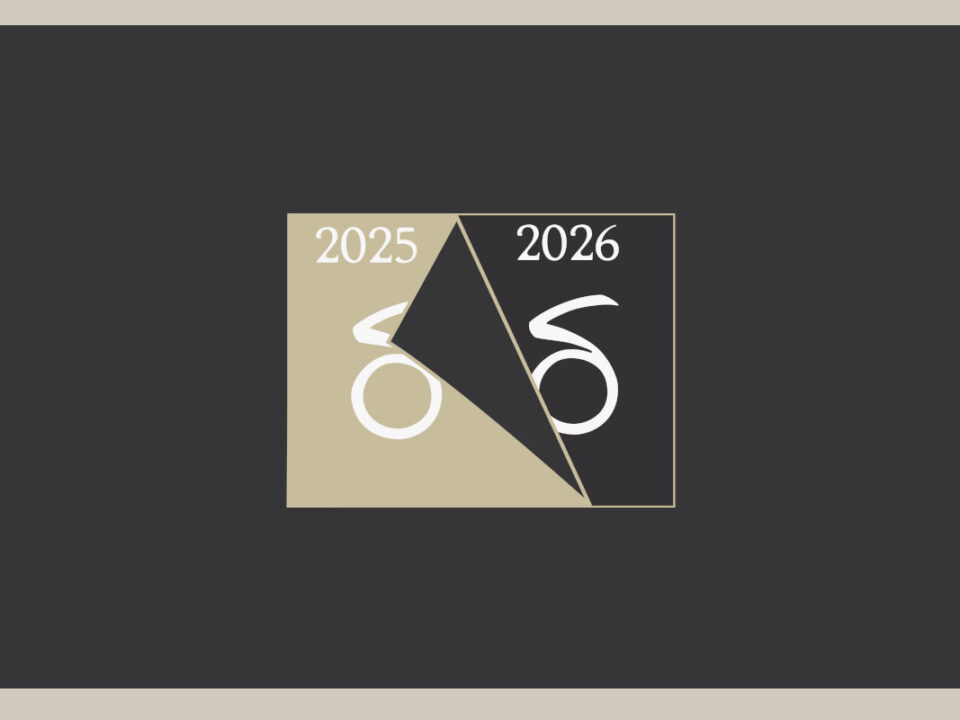Staying Fresh: An Important Piece Of Staying Relevant In The Digital World
I write about relevance a lot in this blog – for good reason.
Being – and staying – relevant is one of the most important goals one should have with their collective marketing efforts.
In short, if you’re “the most relevant” it likely means you’re “the most important (or most valuable)” solution to whatever problem(s) your small business solves for its customers.
Relevance, again, means:
“having significant bearing on the matter at hand”
“The matter at hand” here is the specific problem(s) you can help your customers with your unique solution.
This definition of relevance is a bit simplistic, so I wanted to go a bit deeper into one of the facets of relevance: freshness.
Fighting Off “Digital Decay”
I wrote about “digital decay” in a previous post, but essentially it describes how your digital assets can feel “dated” or “stale” over time.
It’s very much like the real world – when your car is left outside for extended periods of time, it’s exposed to the elements of nature – which can cause it to decay over time (rust, etc.).
In the digital world, some of the elements that can lead to the feeling of decay are idle social media accounts, dated (or broken) websites, algorithm changes – among others.
One of the ways you can fight decay is by keeping things fresh – from your content, website updates, designs & visuals and regular search & social updates.
Freshness & Consistency
As you can imagine, staying fresh means staying consistent – as others with the same alignment are fighting for relevancy in the minds of the same audience.
Finding consistent rhythm and timing is something that can be unique to each business, but ultimately staying consistently fresh helps you fight through a lot of the noise online.
Consistency is also one of the ways you build trust – trust builds relationships, relationships build your business.
Digital Relevance Revisited: What It Really Means
While the definition of relevance above is good way to look at it in the general sense, in digital contexts, here’s what relevance really means:
“the ability to retrieve material that satisfies the needs of the user”
The primary function of digital platforms aim is to surface relevant content (your web pages, social media posts, business listings, ads, etc.) that satisfies the needs of the users – your customers, in this case.
In order to satisfy users of those platforms, it’s common for them to retrieve the most up-to-date content – fresh content – for them in those moments.
If you put yourself in the shoes of you customers, would you trust a small business that has an outdated website, social media posts that haven’t been updated since 2014, visuals that look/feel outdated, or a blog with no posts for the past 8 years?
It’s likely that if things aren’t being maintained with fresh updates, many of those platforms could view your digital assets as being less relevant to current users of those platforms.
This means they’re less likely to satisfy the needs of their users – something that isn’t ideal for those platforms, which are driven by offering more useful solutions for any given user at any given moment.
Freshness, But With Alignment & Differentiation In Mind
While staying fresh is important, we don’t want to jump with any kind of content for the sake of staying fresh.
Updates with the guardrails of alignment (with your intended customers) and differentiation (what makes your business/solutions unique) can help guide the way.
Without alignment and differentiation, your updates can stray away from relevance – even with consistently fresh updates.




